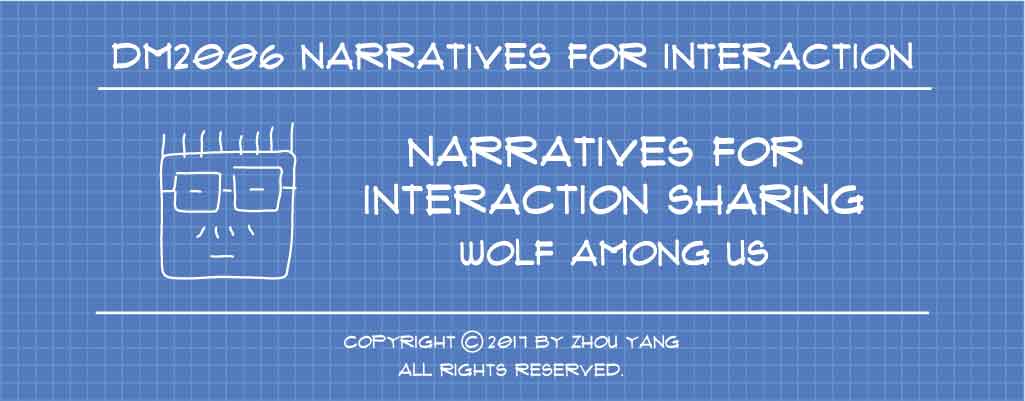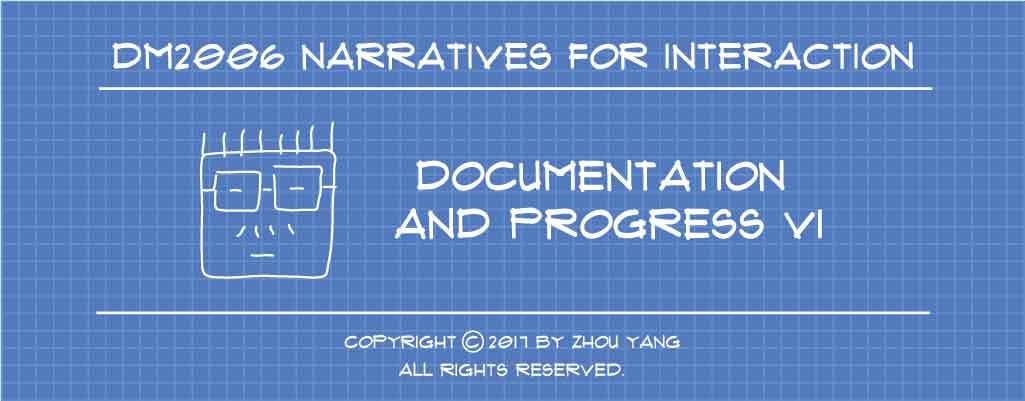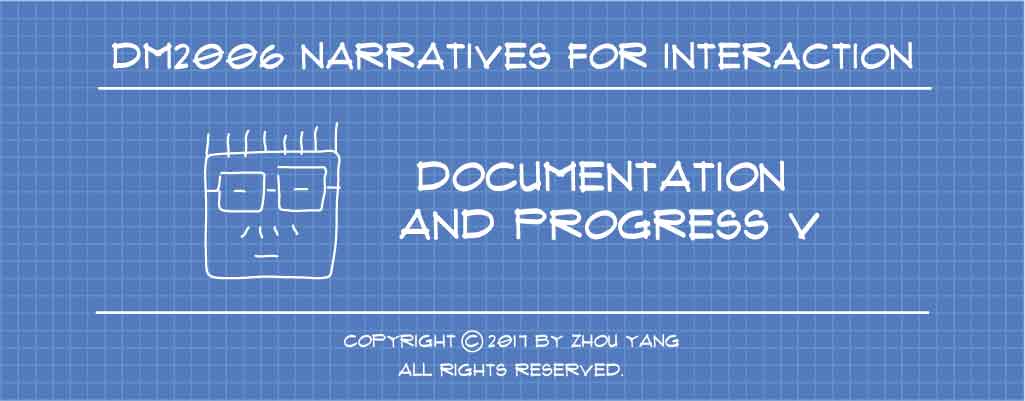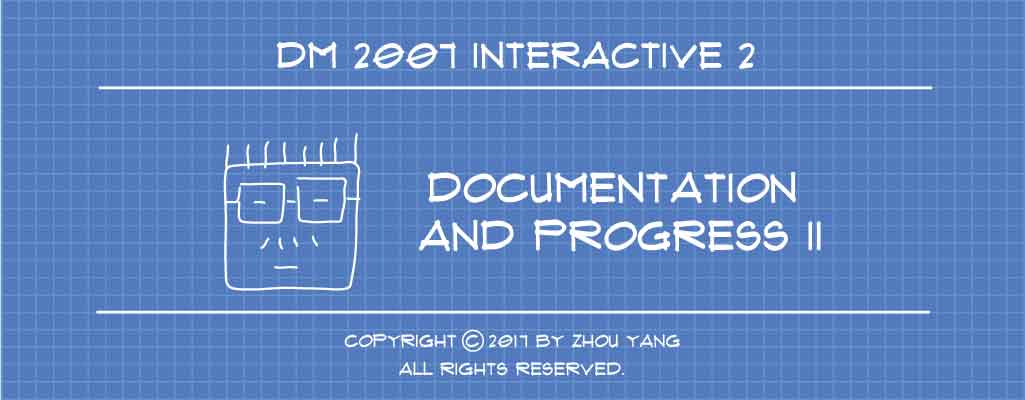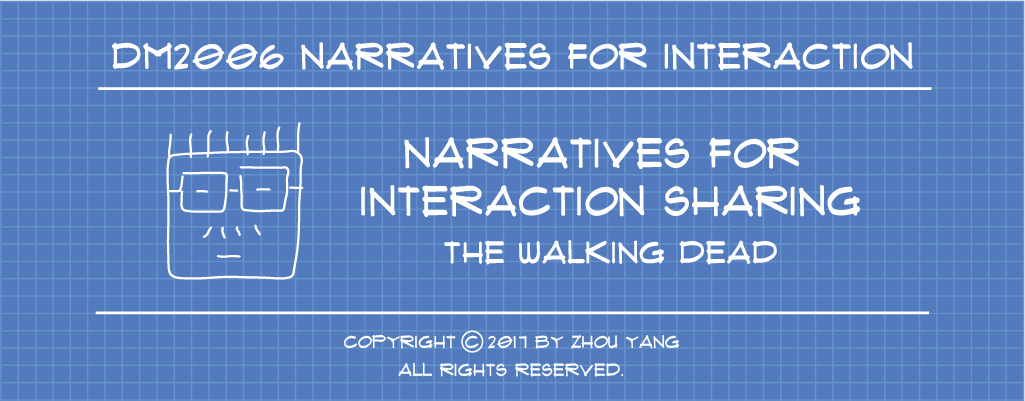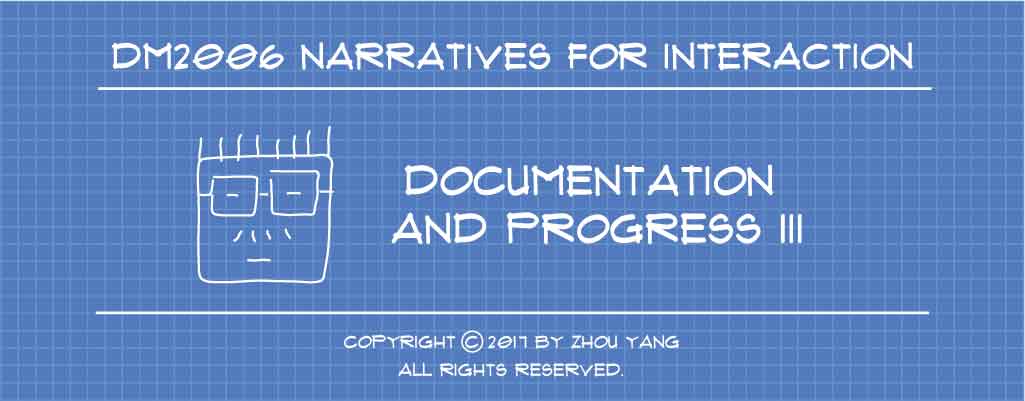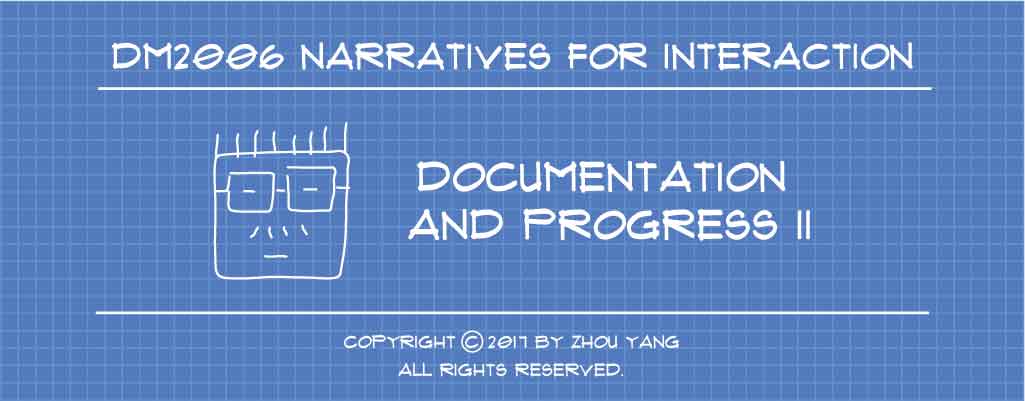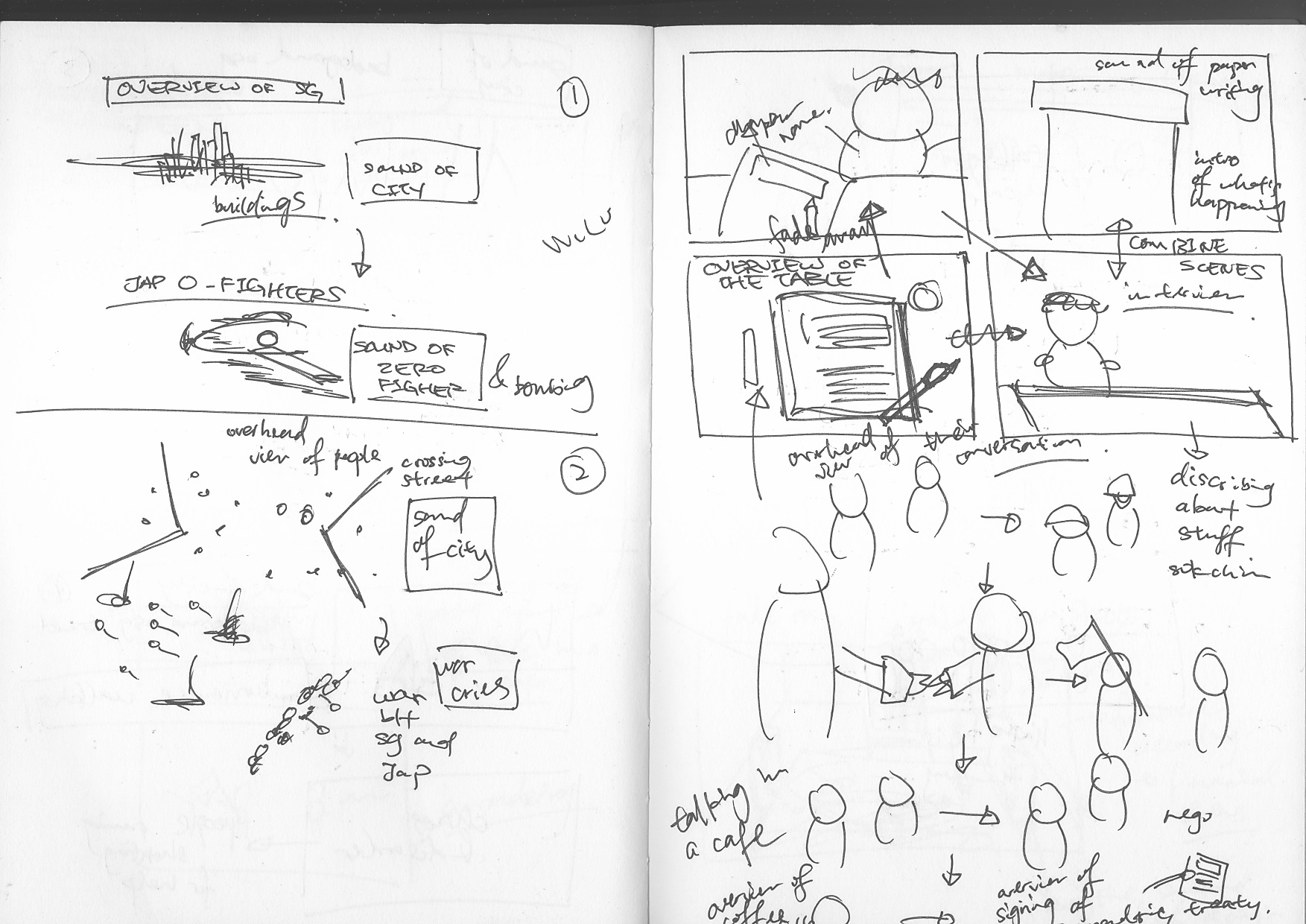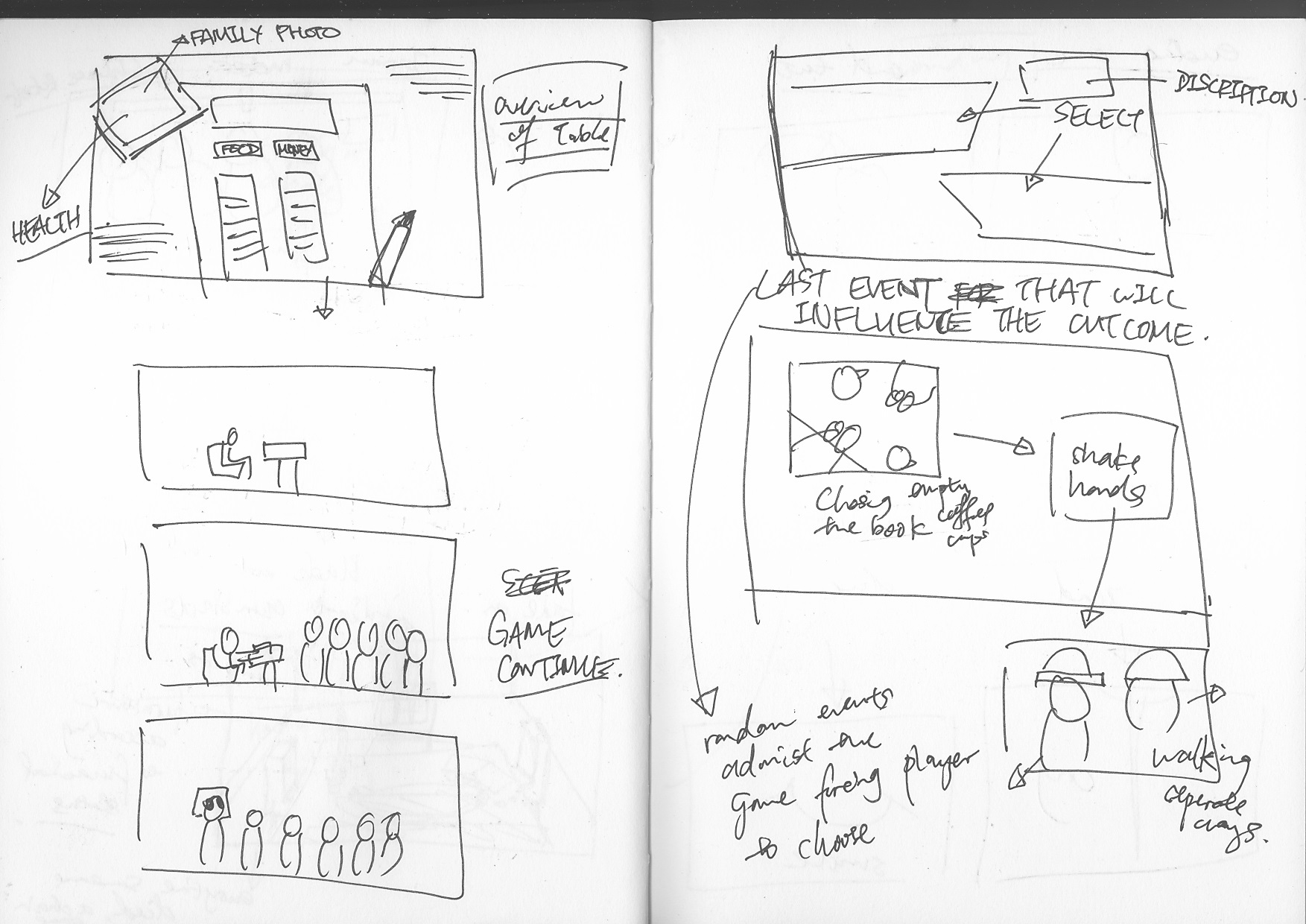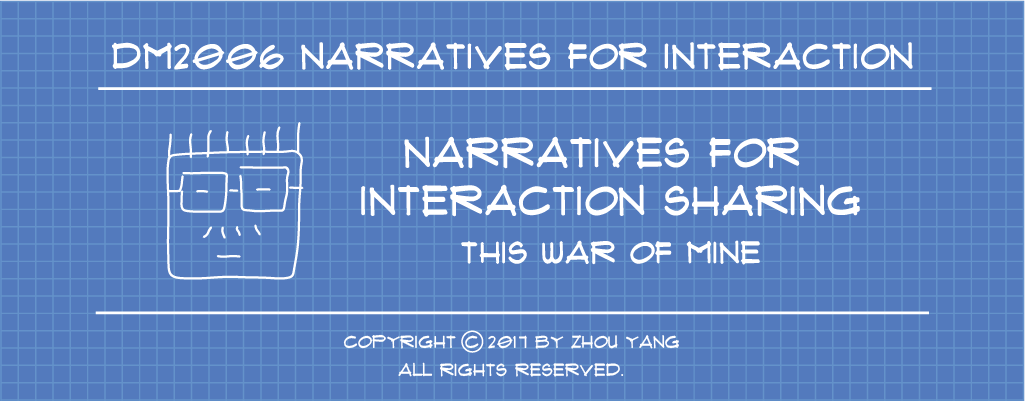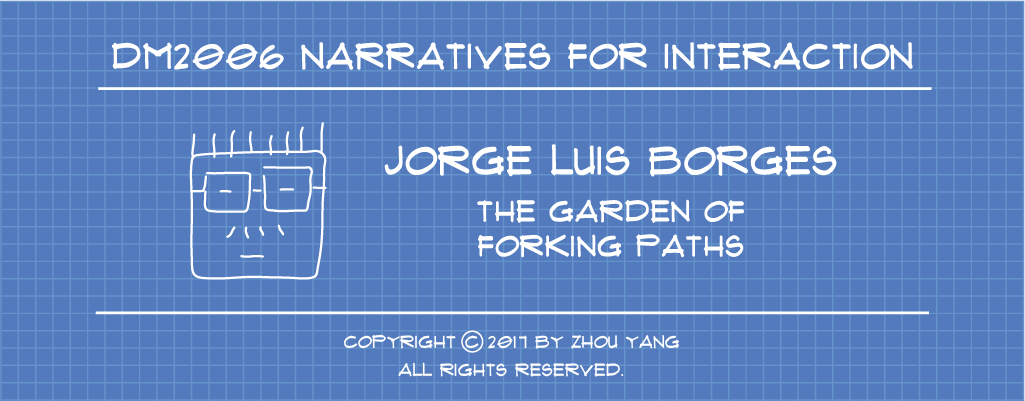The Wolf Among Us is a fascinating narrative game developed by Telltale Games. It is the same game developer that produced The Walking Dead. It brings the players through various adventure and thrilling experience with the main character, Bigby Wolf.
I love the art style produced by Telltale Games. There is no fancy graphic or computer animation, just pure story book graphic style presentation. It creates a mysterious feel for the game and makes the players feel they are going through a story. It blends perfectly with the story that is going to unfold before the eyes of the players.

A huge bulk of the game involves interacting with in-game characters through Bigby Wolf. The things that Wolf said to them is going to affect how they react to him in the future. The decisions Wolf does will also influence the outcome of individual events. I feel that this is one of those games that you will spend hours trying out the different options for the interaction portion to discover different outcomes. The engagement aspect of the game is immersed. The players will feel that they are part of the game, part of the story. They have a personal connection with the in-game characters and feels that the choices they made matter.
